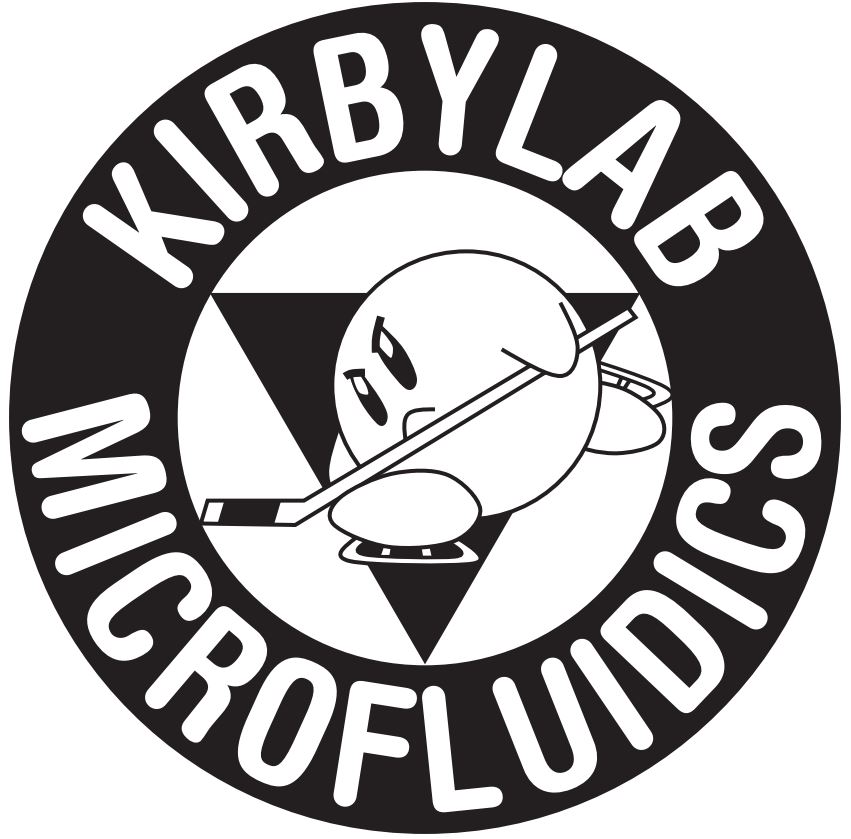New publication: Control of the Electromechanical Properties of Alginate Hydrogels via Ionic and Covalent Cross-Linking and Microparticle Doping
Control of the Electromechanical Properties of Alginate Hydrogels via Ionic and Covalent Cross-Linking and Microparticle Doping
Andrew D. Rouillard, Yvonne Tsui, William J. Polacheck, Jae Youn Lee, Lawrence J. Bonassar and Brian J. Kirby
Biomacromolecules, 2010, 11 (8), pp 2184–2189, DOI: 10.1021/bm1001312
Abstract
Hydrogels were produced that had similar mechanical characteristics
but different electrical characteristics, effectively
decoupling these two properties. This was achieved by creating
alginate hydrogels that were either ionically or covalently crosslinked.
Ionic cross-linking, in which calcium binds negative
charges on alginate polymers, effectively reduced the alginate
charge density. Covalent cross-linking, on the other hand, left
the charged groups on alginate unperturbed. This difference in
fixed charge density gave rise to different streaming potentials.
Ionic and covalent cross-linking of alginate with microparticle
doping was used to fabricate hydrogel tissue scaffolds with
varying degrees of electrokinetic coupling. The biocompatibility
of these techniques allows them to be implemented with seeded
cells to study how a cell’s electrokinetic environment affects
its behavior. In particular, these techniques for the first time
enable the effect of flow-induced electric fields on chondrocyte
mechanotransduction to be studied independent of mechanical
responses to dynamic compression. Such study will further
understanding of chondrocyte mechanotransduction and instruct
better design of tissue scaffold properties.
but different electrical characteristics, effectively
decoupling these two properties. This was achieved by creating
alginate hydrogels that were either ionically or covalently crosslinked.
Ionic cross-linking, in which calcium binds negative
charges on alginate polymers, effectively reduced the alginate
charge density. Covalent cross-linking, on the other hand, left
the charged groups on alginate unperturbed. This difference in
fixed charge density gave rise to different streaming potentials.
Ionic and covalent cross-linking of alginate with microparticle
doping was used to fabricate hydrogel tissue scaffolds with
varying degrees of electrokinetic coupling. The biocompatibility
of these techniques allows them to be implemented with seeded
cells to study how a cell’s electrokinetic environment affects
its behavior. In particular, these techniques for the first time
enable the effect of flow-induced electric fields on chondrocyte
mechanotransduction to be studied independent of mechanical
responses to dynamic compression. Such study will further
understanding of chondrocyte mechanotransduction and instruct
better design of tissue scaffold properties.
